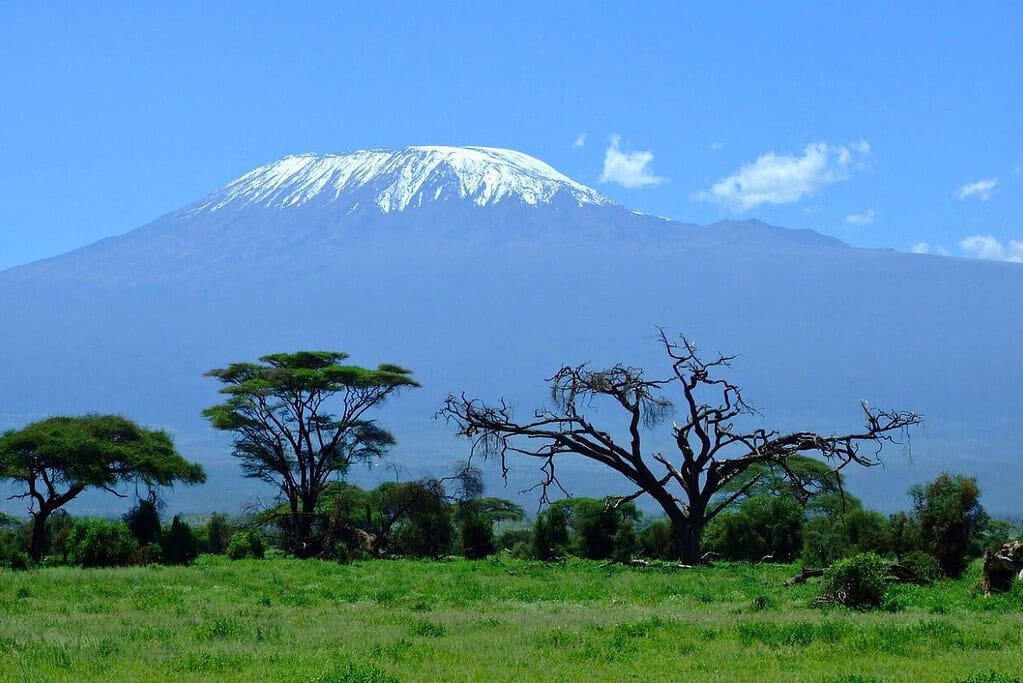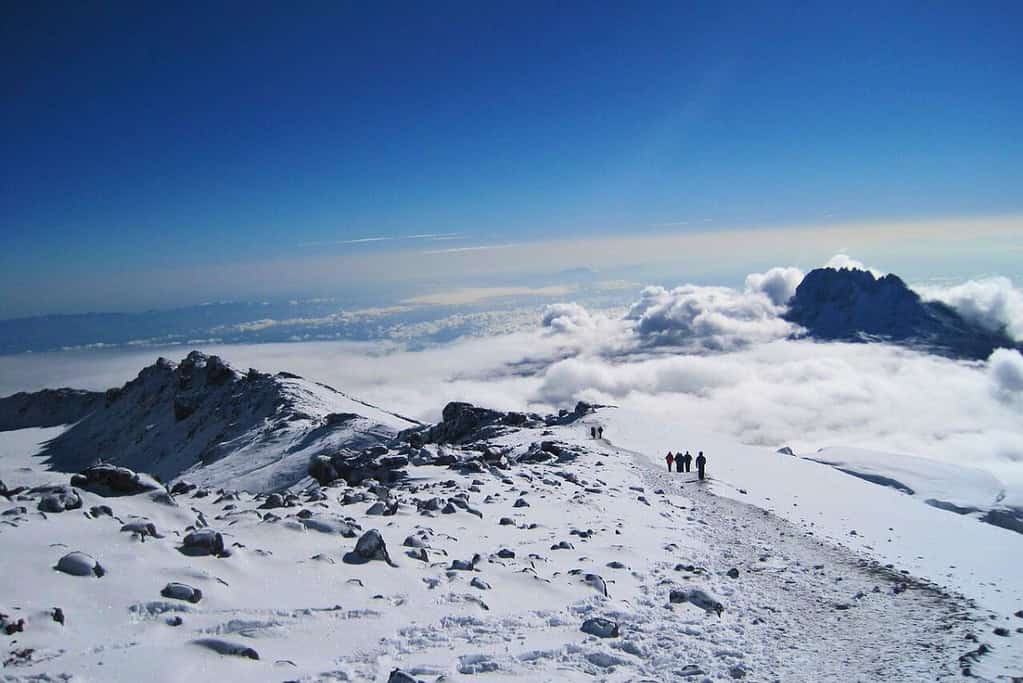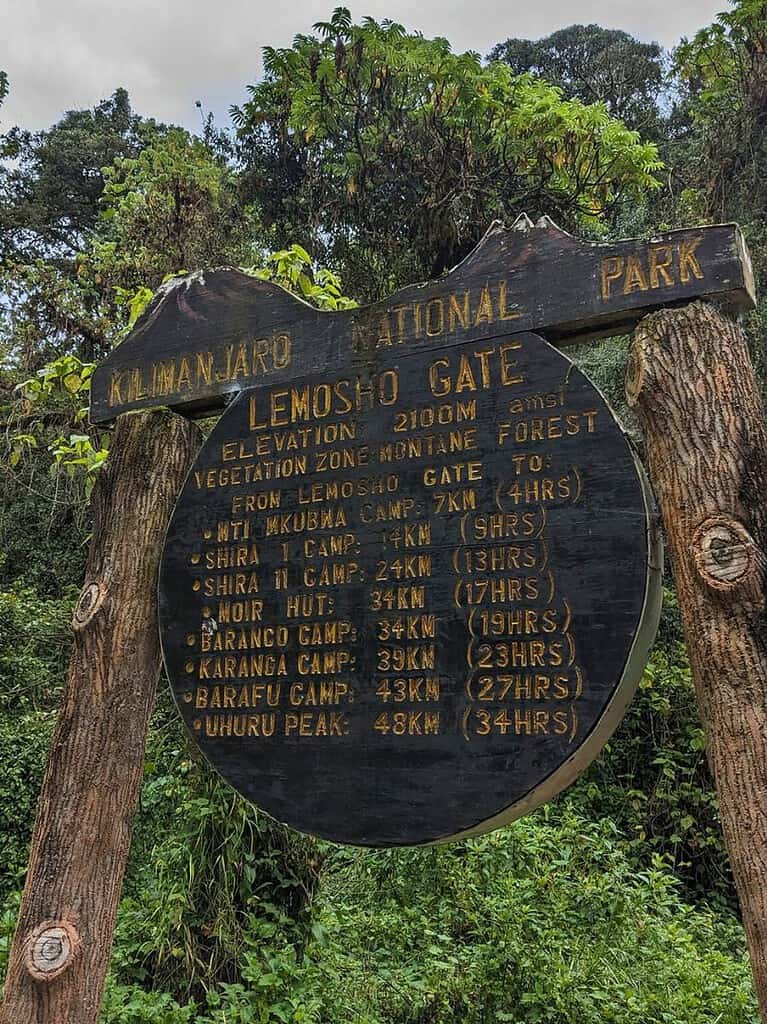Mount Kilimanjaro – the highest peak of Africa and a wonder that forces admiration from the travelers from all over the world – is a picture of the Earth as thesaying goes, “a planet without borders”. Soaring above the East African plains, Mount Kilimanjaro presents the escape from reality. It is a challenge—the summit of Africa reaching the roof of Africa itself.

Despite this, scaling this majestic mountain cannot be done without proper planning, being prepared, and having some knowledge. This guide will cover the steps and tips that are necessary to guarantee that your climb goes through as you climb Mount Kilimanjaro successfully.
9 Tips and Tricks for Mount Kilimanjaro Climbing
1. Understanding Mount Kilimanjaro
In order to undertake your Kilimanjaro trip with a clear mind and field of vision, you need to know some details on the mountain’s geography, climate, and routes. Mount Kilimanjaro is a dormant volcano composed of three cones: Kibo, Mawenzi, and Shira.

The summit, Mt. Kilimanjaro’s Uhuru Peak, attains elevation 5,895 meters (19,341 feet) above sea level. Despite being located close to the equator, nevertheless Kilimanjaro’s peak is always covered with snow and ice.
2. Choosing the Right Route
It is worth noticing that Kilimanjaro has many routes, with different features, landscapes, and routes difficulty levels among them. There are 5 most well-known routes which are; Marangu, Machame, Lemosho, Rongai and Northern Circuit. Factors that include time and ascending elevation and landscape type should be taken into account for your route choice.

The Machame Route, which also is called “Whiskey Route,” is most popular because of the beautiful views and gentle acclimatization it provides. On the contrary, the Marangu Route which is popularly called” Coca-Cola Route, since huts to spend the night are provided, is the only one offering more comfort to trekkers.
3. Physical Preparation
Climbing Mt. Kilimanjaro is an activity of great intensity with the need for someone to be physically fit (a requirement that is paramount) and also very sturdy in enduring all the challenges therein. The training program should start three to six months before the trek at least, keeping in view the cardiovascular exercises, strength training, and hiking routine.
Include ascents to altitude with hikes of great lengths to adapt to the extreme conditions that you would experience climbing the high mountain. Besides, protractedly do exercising bearing weight of the backpack, as it will afford you the chance to adapt to the weight you’ll wear during the hikes.
4. Acclimatization Strategies
It appears that overcoming the problem of getting adjusted to the high altitudes is the most difficult thing to do while climbing Mount Kilimanjaro. Acute Mountain Sickness (AMS) is a common occurrence among climbers who go beyond 2500 meters (8200 feet) altitude. Headache, vomiting and fatigue induced by the high altitude are among the hallmarks of the condition.
To exclude lessen the possibility of AMS, select ascending-way of the highest altitude having slight flowering like the Machame or Lemosho Route. Stay well hydrated, move in the appropriate slow and steady manner, and always listen to the inner voice. Take a preventive measure, such as a Diamox tablet, which helps acclimatization. However, it is advised to consult a healthcare practitioner beforehand.
5. Packing Essentials
While packing the proper gear and equipment is essential for every successful Kilimanjaro summit, it is even more important than that. A basic list should contain hiking boots of high quality, clothing that drops moisture, a sleeping bag rated -10 degrees and, lastly, a good backpack.
Make certain to include in your backpack these high altitude necessities such as sunscreen, sunglasses, lip balm and a wide-brimmed hat for protection against the Sun’s rays. Make a wise investment in a well made trekking poles that would aid at balancing and giving support to your joints while descending.
6. Nutrition and Hydration
Well-balanced diet and water intake serves the purpose of keeping your energy level up and boosting your athletic performance during the altitude period. Eat a balanced and nutritious diet with plenty of carbohydrates, proteins, and healthy fats so that your body will have the energy it needs for the challenges of the walk.
Bring along some of these low-weight, high-energy, portable snacks like nuts, trail-mix, energy bars, and dried fruits so that you can store them for nibbling on through the day. In relation to hydration, one has to make sure that they are fully hydrated, as water is a must-to-have element to prevent dehydration and any altitude-related conditions.
7. Mental Preparedness
The trail to summit Mount Kilimanjaro is not just a test of the physical aspects, but the mental ones as well. Knowing that these obstacles are only a matter of time, mind your psyche by attending the subconscious issues of exhaustion, doubt, and fear of collapse.
Stay optimistic even when challenges seem insurmountable, and keep your motivation north by using the surrounding beautiful scenery. Immerse yourself in an inspiring network of climbers, coaches and even veteran guides possessing the necessary skills to channel positivity and belief when the journey become complicated.
8. Go through a certified Agency
It is mandatory to climbing Kilimanjaro with a certified guide. Choose a reputed and reliable travel/trek agency. Check customer reviews and rating before choosing the agency.
XPATS International Travel is one of the popular travel agency in Tanzania. You can go through it but please note that this is not sponsored and you are advise to check all details by yourself.
9. Respect for the Environment
Upon the beginning of your Kilimanamjaro tour, keep in mind to take good care of the environment, put minimum strain on it. Stick to the principles of the “Leave no Trace” movement by finally, cleaning waste appropriately and avoid single-use plastics where possible.
Be respectful of the different traditions and customs of the people groups you meet as you go. You will get chances to share and be part of people’s cultural experiences as you form a positive cultural exchange. By adopting responsible tourism, you become a tool used in the wise utilization and maintenance of Mount Kilimanjaro, the nature and ecosystem of which are preserved for generations to come.
Don’t miss the opportunity to explore Tanzania’s best beach destination, Zanzibar Island, while traveling Tanzania.
Conclusion:
Climbing Mount Kilimanjaro experience is exhilarating but requires one to put some effort and to keep their spirits high. These tips and tricks will significantly improve your sheer chances of conquest and will leave the memory of accomplishing a fact in the history which you will never forget. Please note, that you ought to see the mountain as a sacred place and a goal rather than just a part of a physical journey. Take time to enjoy every step in the treatment of this expedition. Ahead is the summit—will you be the one to make it?
Frequently Asked Questions about Mount Kilimanjaro Climbing
How long does it take to climb mount kilimanjaro?
The most popular options normally consume between 5 to 9 days when doing the ascent and the descent. The time required to complete this climb varies for the route chosen and for the mountaineer’s pace.
what is the best time to climb mount kilimanjaro?
Optimal times to ascend are in the dry months which is during the beginning of year that is January to March and the middle of the year in June to October. Such times usually involve cutting through cloudy skies and improving of quality of one’s upward movement.
Do i need a guide to climb kilimanjaro?
Indeed it is, you have to hike Kilimanjaro along with a licensed guide. Guides are of utmost importance with regard to pathfinding, security, as well as overall safety provision for the entire journey.
what are the accommodation options during the climb?
Because the route you choose differs, the accommodation options will vary. In most cases, climbers will erect tents at the planned campsites on the routes. Along the trail there is varied huts, some have only the basic one.
how cold does it get on kilimanjaro?
Temperatures on Kilimanjaro can vary greatly, from dimension at the base of the mountain to icy cold at the summit. It´s necessitating to be prepared for cold temperature even more in the morning. An exceptional example is if we are climbing to the summit.